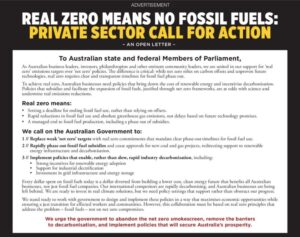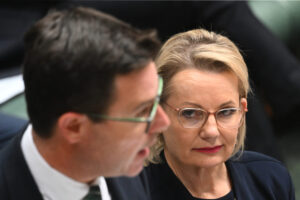‘The worst bit of modelling I’ve ever seen’ — Unpacking the Federal Government’s Net Zero Modelling
The Federal Government’s net zero modelling is little more than an exercise in magical thinking
The Morrison Government finally released its long-awaited climate modelling for its net zero by 2050 plan and our experts agree it’s the stuff of science fiction. A number of big flaws in the model have already been identified, the biggest of which is that it doesn’t actually reach net zero – there’s a 15% gap. But it also includes imaginary emissions reduction technologies being invented ‘very soon’, no detail about cost of living impacts and it ignores the economic benefits of avoiding dangerous climate change. But the biggest reveal? At the heart of the modelling is a phantom carbon tax.
This was recorded on 16 November 2021 and things may have changed since recording.
australiainstitute.org.au // @theausinstitute
Host: Ebony Bennett, Deputy Director at the Australia Institute // @ebony_bennett
Guests:
Richard Denniss, chief economist, the Australia Institute // @RDNS_TAI
Rod Campbell, research director, the Australia Institute // @R_o_d_C
Producer: Jennifer Macey // @jennifermacey
Theme Music: Pulse and Thrum; additional music by Blue Dot Sessions
Between the Lines Newsletter
The biggest stories and the best analysis from the team at the Australia Institute, delivered to your inbox every fortnight.
You might also like
Climate target malpractice. Cooking the books and cooking the planet.
As the Albanese government prepares to announce Australia’s 2035 climate target, pressure is mounting to show greater ambition.
Private sector demands ‘real zero’ policies and an end to fossil fuels
Some of Australia’s best-known and most respected industry, business and community leaders have written an open letter to state and federal MPs calling for an end to the “net zero smokescreen” to “secure Australia’s prosperity”.
Liberal strife is really about winning – but not elections
One of the hardest things for people to understand with this latest Liberal Party implosion is that it’s not rational.





